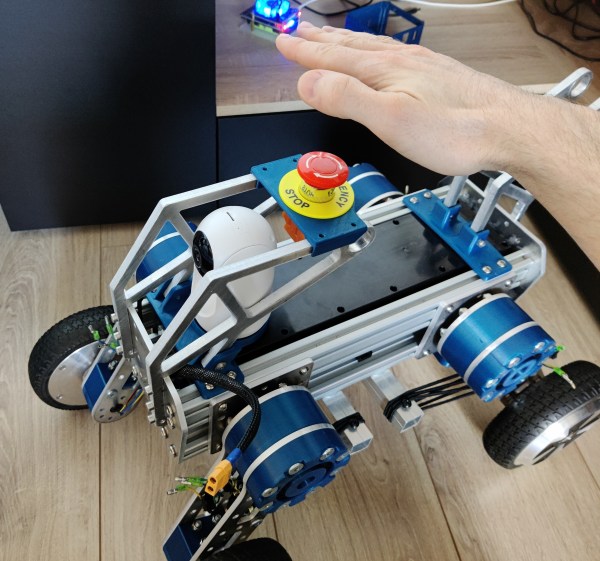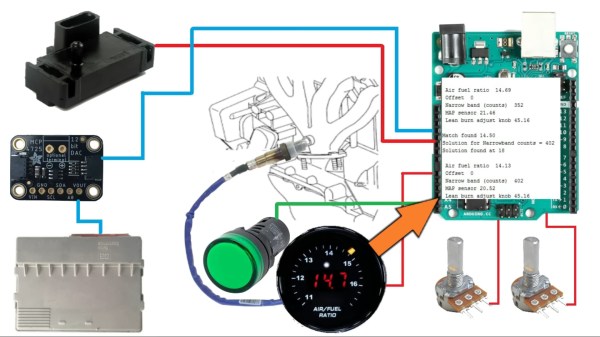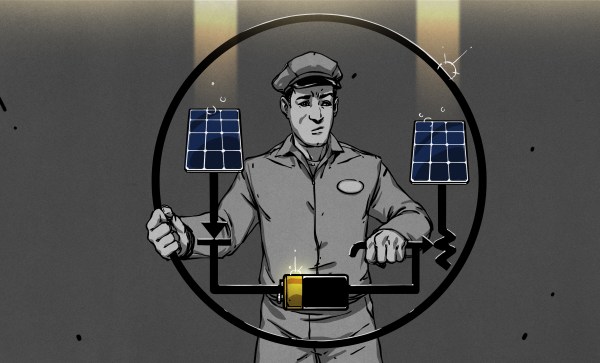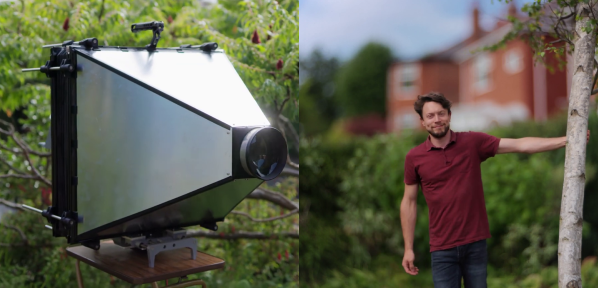Popular consumer products often become the basis of many hacker projects, and hoverboards are a good example of this. [Tanguy] is using the drivetrain from a pair of hoverboards to build a beefy little rover platform with independent suspension.
Since hoverboards were designed to move around fully grown humans, the motors have the torque to spare for this 25 kilogram (55 pound) rover. For rough terrain, each of the four motor/wheel combos is mounted to arms bolted together with 3D printed parts and thick laser-cut aluminum. Suspension is simple and consists of a couple of loops of bungee cord. The chassis uses aluminum extrusion bolted together with aluminum plates and more printed fittings.
It doesn’t look like the rover is running yet, but [Tanguy] intends to power it with an electric scooter battery and control it with his own Universal Robot Remote. He also added an E-stop to the top and a cheap indoor PTZ camera for FPV. We look forward to seeing the functional rover and how it handles terrain.
We’ve seen hoverboard motors get used in other rover projects, but also for scooters, skateboards, and even a hydroelectric turbine. It’s also possible to use them as is by mounting them to existing chassis’ to create electric carts.
Continue reading “Hackaday Prize 2022: A Hefty Hoverboard Rover”


















